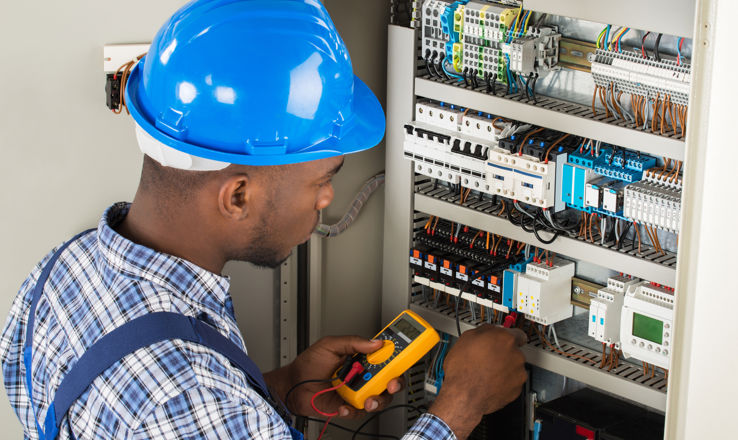-
Job Seekers
X
Job Seekers
Whether you're looking for a temp job or a permanent career, Labor Finders has you covered!
-
Explore
- How it works
- Industries
- Blog
- Locations
- Job Search
You May Also Be Interested In

2024 Employee of the Year
Learn more about our amazing Employee of the Year
-
-
Employers
X
Employers
Let us help you find the workers you need, when you need them.
You May Also Be Interested In

2024 Staffing Trends Quiz
Construction Staffing Trends Quiz
-
Industries
X
Employer Industries
Ready to staff your next project? Our staffing experts has the knowledge and the workers to cater to your unique staffing needs.
In this Section:
Job Seeker Industries
From construction to waste management, we have job openings in whatever industry you’re interested in.
In this Section:
-
About
X
About You
Getting matched to the right job, gaining the flexibility you want, making an impact in your community - at Labor Finders, it’s all about you!
-
You may also be interested in
- About Us
- Job Search Results
- Find an Office
- How it works
- Blog
About Us
With almost 200 offices nationwide, we’ve been putting people back to work for over 40 years. See why we’re a leader in the blue-collar staffing industry.
-
You may also be interested in
- About Us
- Media Center
- Video Library
- Leadership Team
- Careers
- In The Community
- History
-
- Location
Employment Readiness
Electrical Estimating: What to Know About this Career

If you’re looking for a way to level up in your electrical career (and have a knack for numbers) a career in electrical estimating may be a great fit. Here’s what you need to know about this kind of skilled work.
What an Electrical Estimator Does
Electrical estimators have a very important job in a construction project and their work can be broken down into four essential steps:
- Read and review blueprints
To see exactly what’s going on with a commercial, residential, or industrial project, electrical estimators need to go over the blueprints. More specifically, they’re looking at what electrical elements are needed such as workstations, major appliances, fixtures, and utility locations.
- Estimate the Cost of Materials
Now that the estimator has an idea of what needs to be done, the next part of his job is to figure out what materials are needed and how much it’s going to cost. Think wiring, tools, custom fixtures, and electrical parts. If these costs exceed the project’s budget he or she has to come up with ways to save money by either getting cheaper materials or finding other suppliers.
- Estimate Labor Needs
Will it take a bunch of subcontractors to do the electrical work? Can the current crew get the job done? An electrical estimator determines just how many people it will take to do the project as well as how long it will take. This is important information for a builder to know so they can adjust their timelines accordingly.
4. Prepare bids on projects
Using all the information they gathered in the first three steps, electrical estimators put together bids or proposals for work on a particular construction project. They follow submission guidelines and make sure their bid has all the necessary information – including costs and time lines – that a proposing company needs to pick a contractor.
How to Become an Electrical Estimator
Like many blue-collar jobs, you won’t need a four-year degree to become an electrical estimator. A great start is having an electrician’s license, where you’ve already learned the basics of the trade. After that, there are a few ways you can level up and get into electrical estimating. You can get an associate's degree in electrical engineering, construction management, or electrical technology where you’ll get classroom training in estimating. Organizations like the American Society of Professional Estimators (ASPE) and the Association for the Advancement of Cost Engineering International (AACE) have electrical estimating certification courses you can take that can also help you break into this field.
No matter which training path you take, there are certain skills you need in order to be successful in electrical estimating. One of those is being great at math. A lot of electrical estimating involves calculating costs and understanding measurements on blueprints. To make sure you don’t miss anything important when making those calculations it pays to have great attention to detail. Great communication and can manage your time are also great skills to have as an electrical estimator.
How Much do Electrical Estimators Make?
Now that we know what electrical estimators do and how to become one, the next thing you’ll want to know is how much does this trade worker make? According to the Bureau of Labor Statistics, the average salary of an electrical estimator was $61, 003 in 2016. However, if you stay in the industry between 5 to 10 years, that salary can be as high as $150,000 a year.
Our personal job agents can help you get started in a career in electrical estimating. Click here to connect with one in your area.















